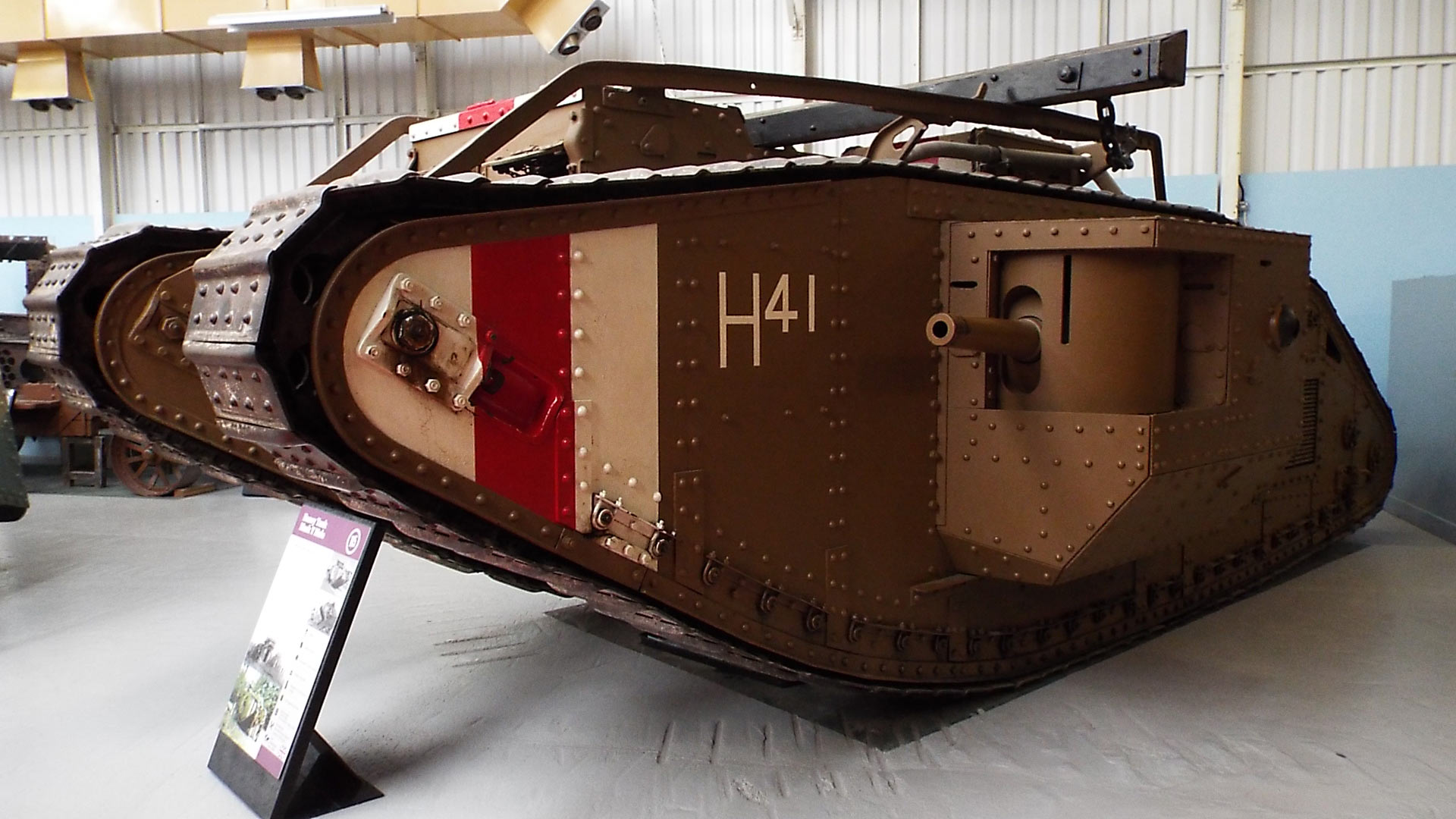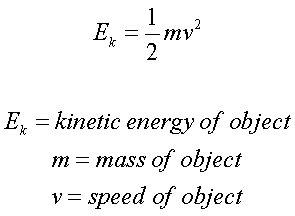Background
Home
History
The first
world war was a time of
trial and error. A time when
the modern world collided
with the old and horse
mounted cavalry was still
being used despite the fact
that they made easy targets
for the new machine guns.
Aircraft were, for the first
time, being used for war as
a means of gathering
intelligence and dropping
ordinance on enemy positions
and tanks were making their
debut in the world of modern
war. The first tanks were
based off civilian tractors.
As such they were slow, big,
and vulnerable to sinking in
the muddy battlefields of
France, which for 1916 was
not bad considering the only
other platform for ground
based attack was a horse.
The tank changed the way
wars were fought and sparked
development of technology
like bigger engines and
better track designs, which
help people all over the
world with construction,
mining, and many other tough
jobs in sub-optimal work
zones.
Image
source-https://s-media-cache-ak0.pinimg.com/originals/96/f5/b9/96f5b93336c5510310d537c2b8665e47.jpg
 -One of the very first
tanks, the British MK V-
-One of the very first
tanks, the British MK V-
|
Relevance To Physics
Tanks are a great example
of what an understanding
of physics can yield to
real world influence.
Without physics, tank
designers would have to do
a lot of trial and error
which would waste
resources and time to
determine factors like
armor thickness and angle,
how wide the tracks should
be to spread the tanks'
waste to prevent it from
sinking into the ground,
how the engine's power can
best be transferred to the
tracks to move the tanks,
and many other
factors.
Physics
Equations
Image source-http://astronomyonline.org/Science/Images/Mathematics/KineticEnergy.gif

|
F=MA
|
These are probably the two biggest
and most relevant equations to most aspects of
tanks.
|

